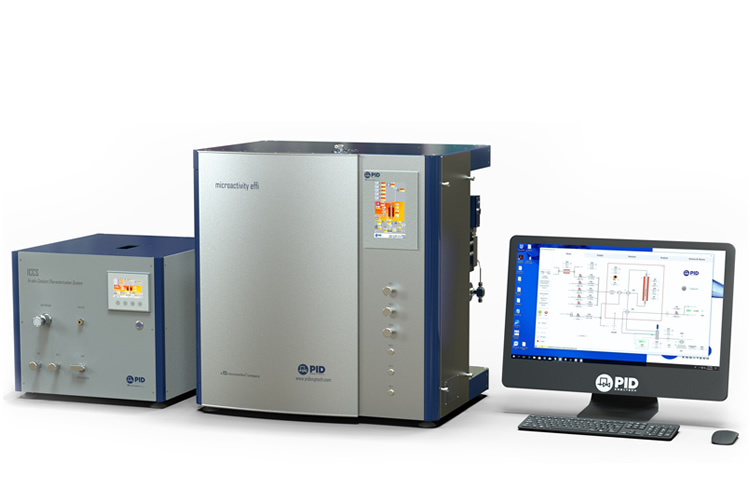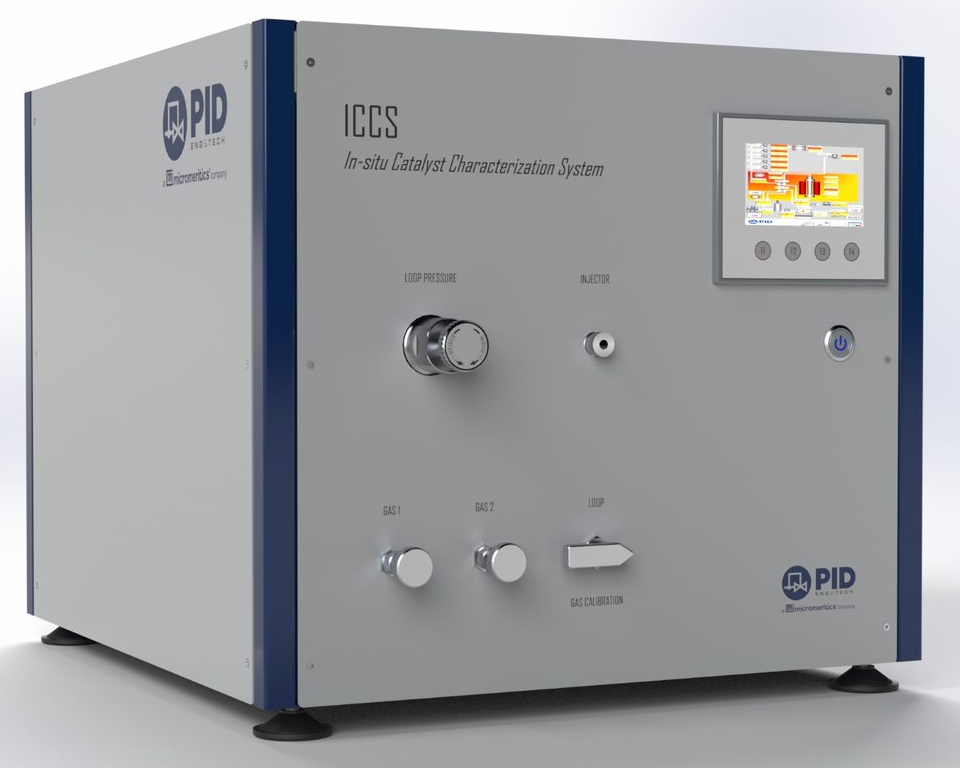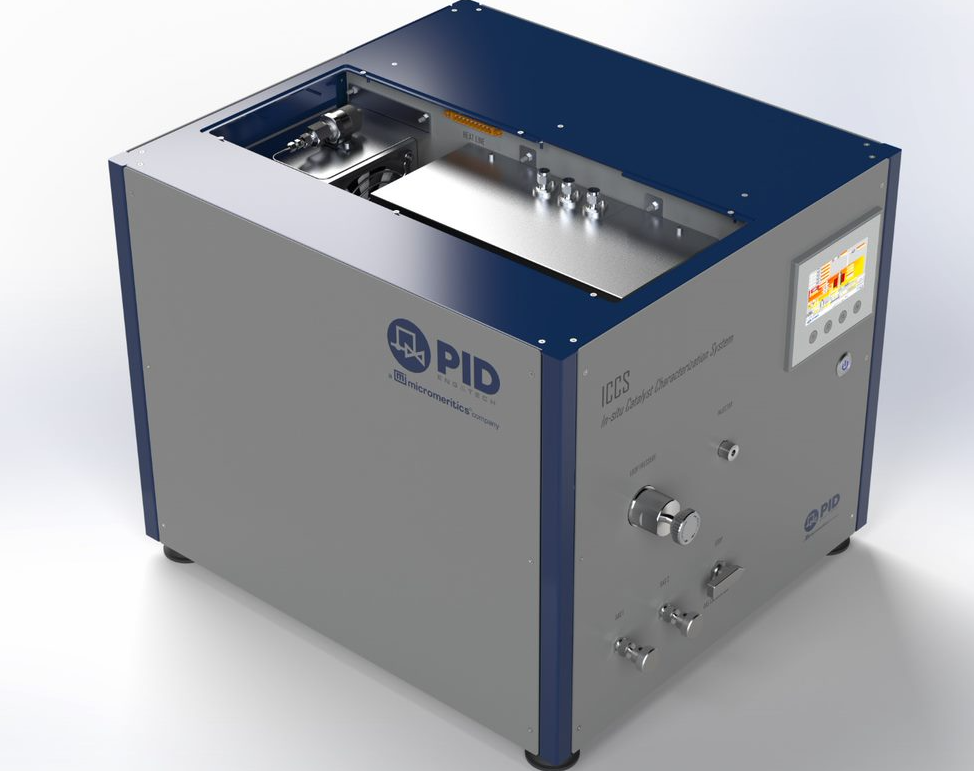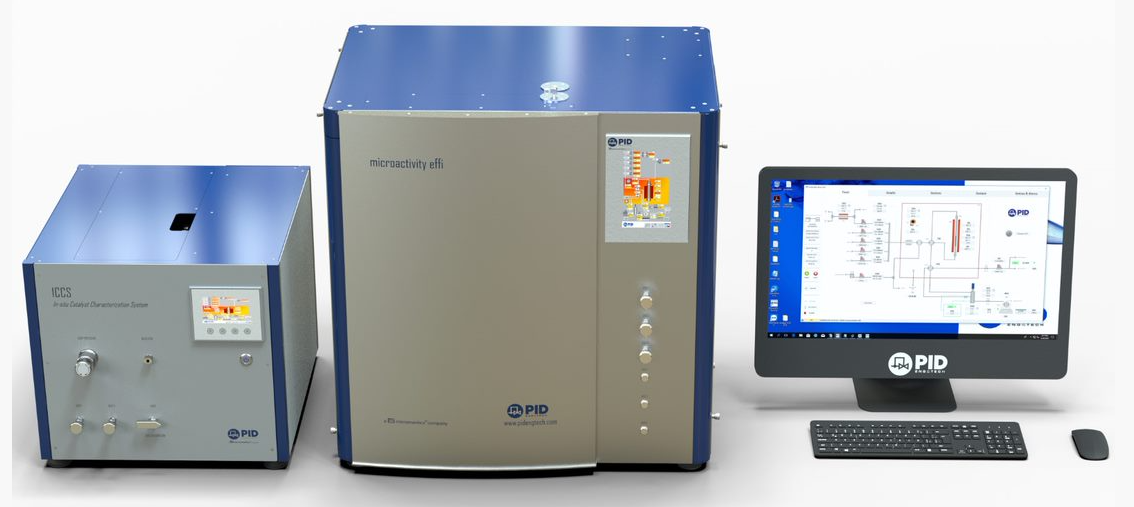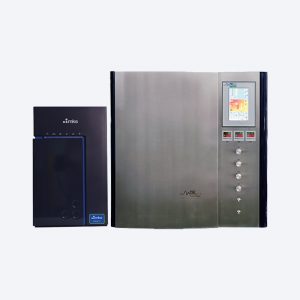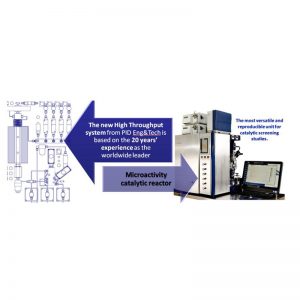Description
These well-known and time-tested techniques may now be performed on a fresh catalyst and then repeated on a used catalyst without removing the material from the reactor. This enables a detailed comparison of the catalyst, notably the number of active sites, before and after use.
Users benefit from obtaining both temperature programmed analyses and pulse chemisorption data for the same aliquot of sample used for reaction studies. Performing these analyses in-situ virtually eliminates the possibility of contamination from atmospheric gases and moisture which may damage the active catalyst and compromise data integrity.
The ICCS incorporates:
- A high precision, highly sensitive thermal conductivity detector (TCD) to monitor changes in the concentration of gases flowing into and out of the reactor.
- An internal cold trap with Peltier system for accurate temperature control across the range -20 to 65oC for the removal of condensable fluids (e.g. water produced during reduction of oxides)
- Two mass flow controllers for precise gas control (pressure control is via the reactor system).
- An interactive reporting and control system with a versatile and intuitive graphic user interface for streamlined command sequencing, experimental design and results analysis.
To enable:
- The safe, efficient and comprehensive characterization of samples under process-representative conditions, up to a maximum pressure of 20 bar.
- The application of a wide variety of tests including pulse chemisorption, temperature programmed reduction (TPR), desorption (TPD) and oxidation (TPO), and physisorption (optional).
- Multiple characterizations of the same catalyst sample, following reaction or regeneration to investigate reaction, deactivation and regeneration mechanisms.

